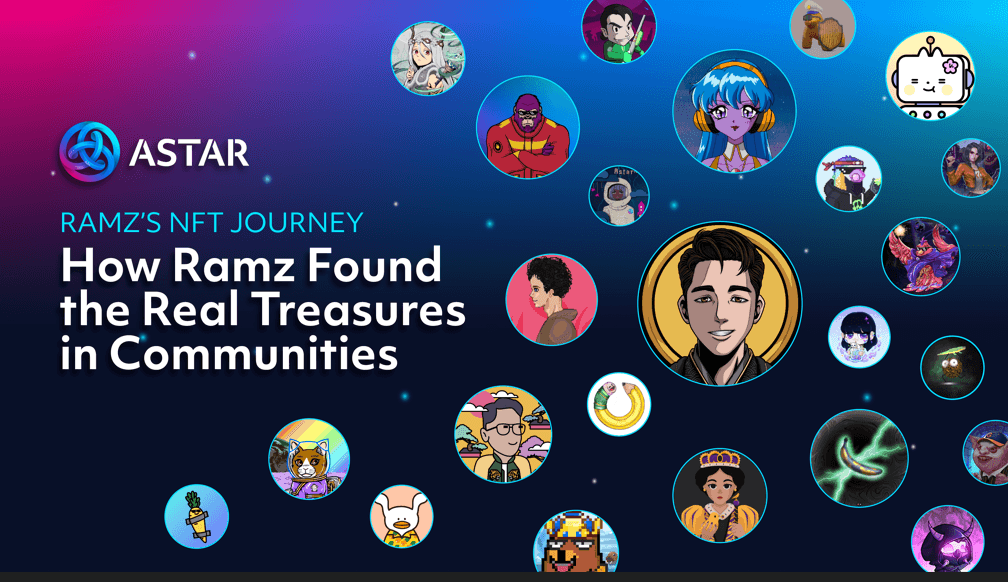Table of Contents
In an attempt to share more on NFTs from a human perspective, I spoke to Ramz, our Community Lead, whose NFT experience spans various ecosystems and communities.
Learn how he went from minting his first NFTs on Ethereum to finding his true calling in getting his hands dirty in DAO governance.
How he first got into NFTs
“When scrolling through Twitter in 2020, I came across NFT artworks on Twitter from 1/1 artists. It was still rather niche and had a very small crowd. If anything, it was simply fun to watch, so I continued observing.
It was people spending magic money on these pictures to me. Already back then, I understood the value of having art on blockchain and the power of smart contracts underpinning transactions. I could also appreciate the ability to authenticate works.”
Instead of remaining a passive observer, Ramz, a creative person himself, decided to learn by doing. He wanted to launch his own project eventually but wasn’t part of any communities yet. As a small investor in Link, he found his first “home” in the Link Marines. The Link Marines are notorious for being very passionate defenders of Link (the native token of Chainlink) and have a hang for creating a lot of memes to share it.
Ramz created some memes and eventually decided to make his first NFT inspired by the Marines. After 24 hours of learning After Effects, his first artwork was complete. Unfortunately, he quickly noticed that the file was too big to upload. Even though downsizing resulted in worse image quality, he still went on to create the actual NFT.
“I was shocked at how easy it was to make an NFT.”
Thanks to the emergence of NFT tools, and a more user-friendly marketplace, anyone can create NFTs from scratch. The real challenge isn’t the creation itself but what comes after. In Ramz's case, he decided against “shilling” his flags due to their low resolution.
After that, he picked up artwork from other bigger accounts and looked for contests to participate in. Like many others, Ramz was initially attracted by the possibility of life-changing gains, but that quickly changed.
First governance experience
Driven by finding the next moon coin, Ramz started locking some funds in memecoin farms where liquidity providers would receive an NFT for their efforts. The more one locked up, the rarer the NFT one received.
He had his first success when selling one of those NFTs. Nevertheless, his first win in meme tokens ended in a net loss.
“It felt dirty, but I continued on”
Not discouraged by such losses, Ramz joined the art contest of the VC Chad meme token community, experiencing for the first time governance with tokens. While he didn’t win the contest, seeing everyone vote with their tokens had a lasting impact sparking his interest in governance and later on leading him to the Kusama and Polkadot Ecosystem.
The NFT bubble and its dark side
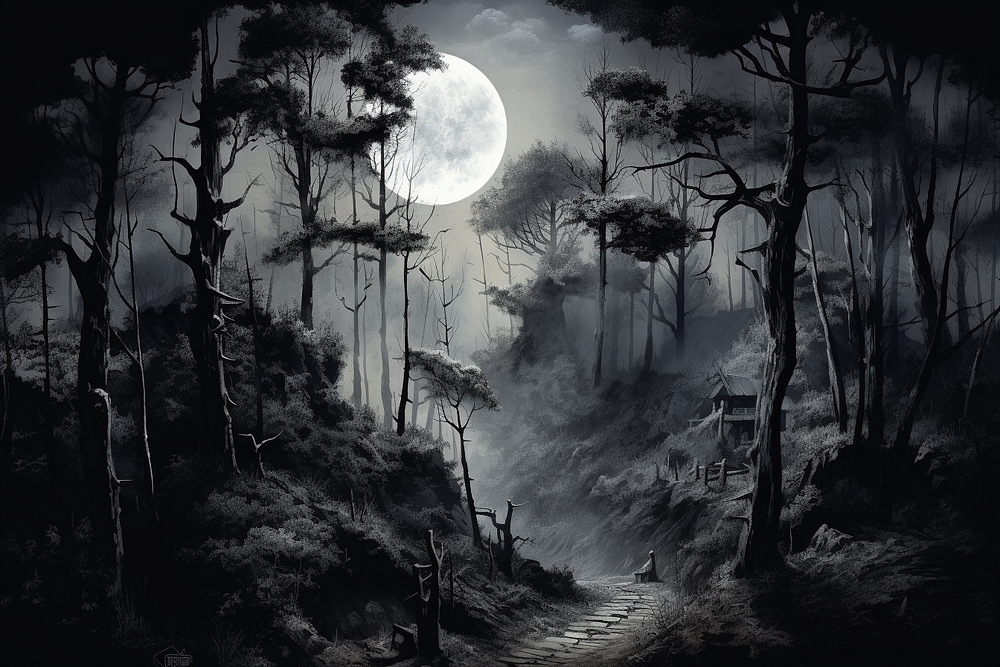
As he continued taking risky bets, Ramz also started looking for real communities. He got into Kusama but also joined the xDAI community, which back then was in talks to become the blockchain for Reddit.
Through joining all these communities, he learned about Github and how projects used rewards to encourage contributors. At the same time, NFTs started getting hype. Crypto Punks reached fame, and Meebits and Apes launched. From his Twitter Feed, Ramz could see that this enraged existing 1/1 artists. Suddenly, mediocre 10k collections were raising millions while some genuine 1/1 artists putting their life into their art wouldn’t even get an audience.
It wasn’t about the art anymore, but who could generate the most hype. Some 1/1 artists turned to release their own collections, while others might have gone to ecosystems where 1/1 art was more appreciated.
Eventually, Ramz discovered Astar Network and joined the Astar Degens. He got involved and remains a lead contributor in it since it was all about community, ownership, and creation.
Nevertheless, he also learned about the “dark” side behind the hype and boom. Often projects would hire artists on Fiver or other gig economy platforms to create these collections for them. The artist would get paid for their work once, but if these collections end up selling for hundreds of thousands, it doesn’t seem fair that they don’t receive any of that. The promise of NFTs to empower artists seemed to have gone lost.
Ultimately, though, Fiverr sellers don’t get much of a chance to participate in the wealth-building or ownership promised by NFT evangelists; new technology doesn’t change that they are still gig workers paid a flat rate for each job. (Vice)
The royalties discussion and zero fees
During the height of the NFT bubbles, blue-chip collection floor prices ranged in the millions. Flippers became a primary audience for NFTs leading to the launch of Blur. Blur, a marketplace that vampire-attacked Opensea, targeted NFT traders with their zero-fee platform and the promise of an airdrop for “ loyal “ users (aka trading a lot).
Blur could only offer zero fees by cutting out royalties. What promised to empower artists turned out to be a feature that can easily be circumvented on Ethereum due to how the token standard and the transfer() function works. In a competitive environment, eventually, other marketplaces moved to do the same, with Magic Eden pioneering optional Royalties on Solana and even OpenSea giving in to making royalties optional.
It’s unclear which direction the space will adopt; however, it would seem that making speculators the main audience for art wasn’t the right call, to begin with.
On paying artists & using NFTs for good
“When the first NFT collections on Astar Network launched, I wasn’t impressed. The Astar Network Punks turned out to be a simple copy of other punks, and well, they rugged.”
Instead of just accepting the Status Quo, Ramz figured he should start his own collection, creating something better. He started following artists, placing bids, and found 2 artists (https://twitter.com/Bulletforhire and https://twitter.com/lesleebee_art) whose art he really enjoyed.
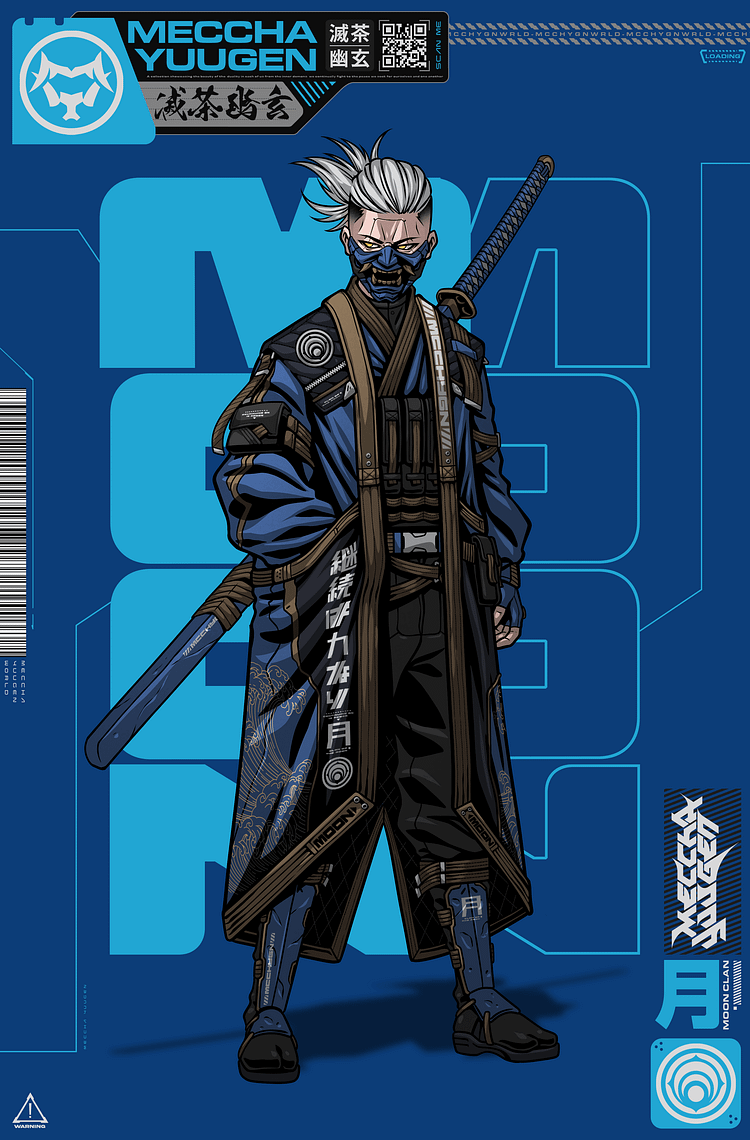
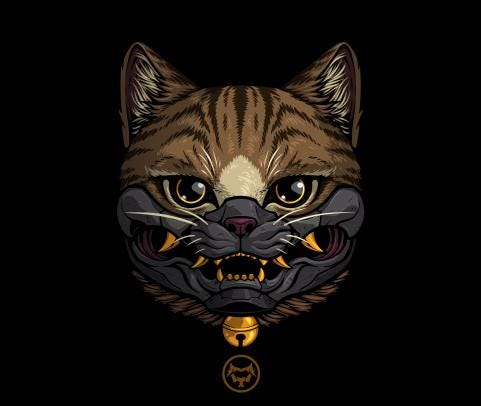
Sneak peek at the collection Ramz is working on
After a few GMs exchanged, a relationship started forming, and his idea of a collection became a collaboration with these two artists. Ramz insists on paying the artists more than they’d asked for and offers them the freedom to bring themselves into this collection. Currently, Meccha Yuugen has no fixed mint date, but the creating continues.
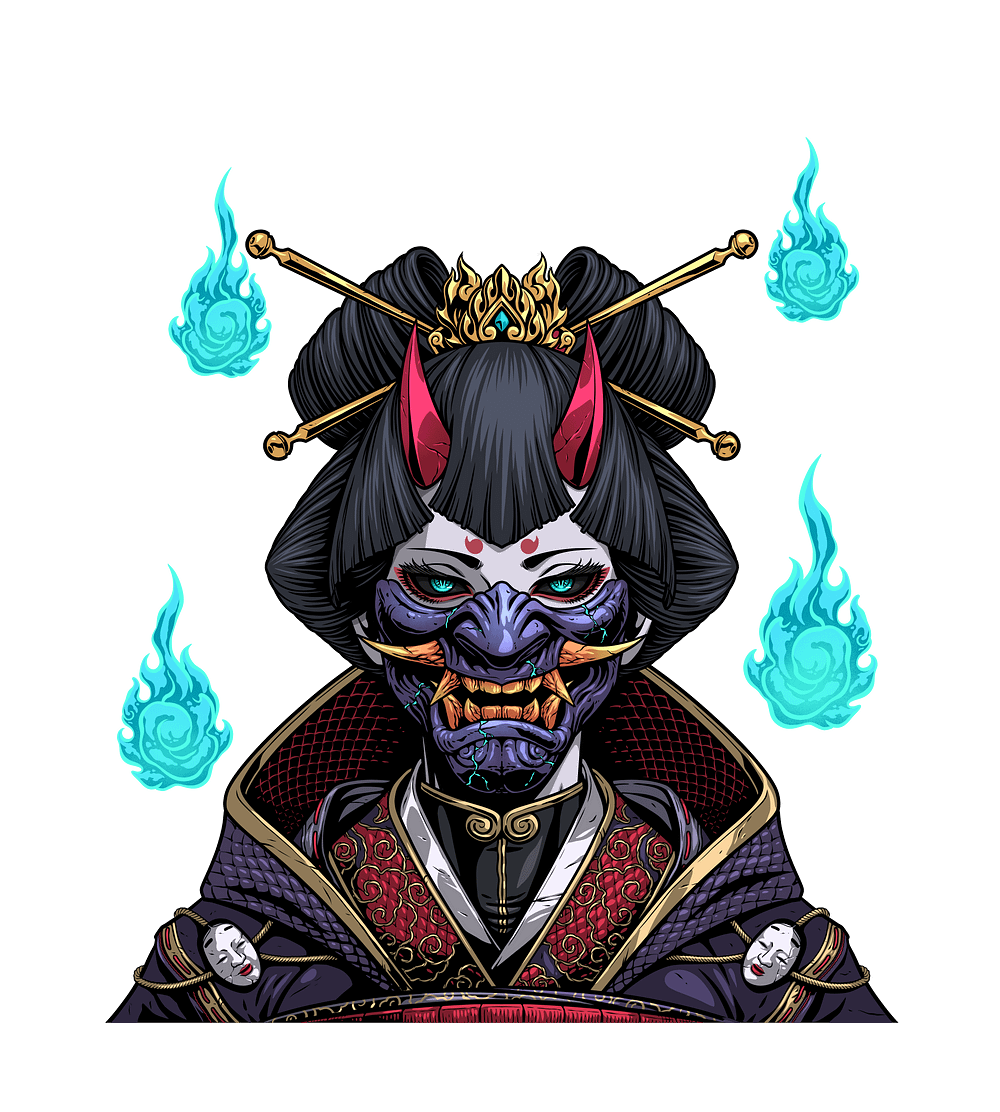
In February 2022, Russia invaded Ukraine. Like many, the Astar Degens community felt the need to help those who lost their homes and safety.
“It was clear that this is a divisive issue; therefore, we couldn’t use our treasury funds to start this. We devised a mint-to-donate mechanism, and artists could volunteer to donate their art. Ultimately, we raised $6,000 and handed the funds to Sota, who then donated them to the Red Cross.”
Ramz went from chasing quick money to making frens and finding the real value of NFTs in communities, the ability to do good, and rally groups around a cause. He is heavily involved in the governance of the Astar Degens and is also a big advocate of NFTs on Astar Network.

